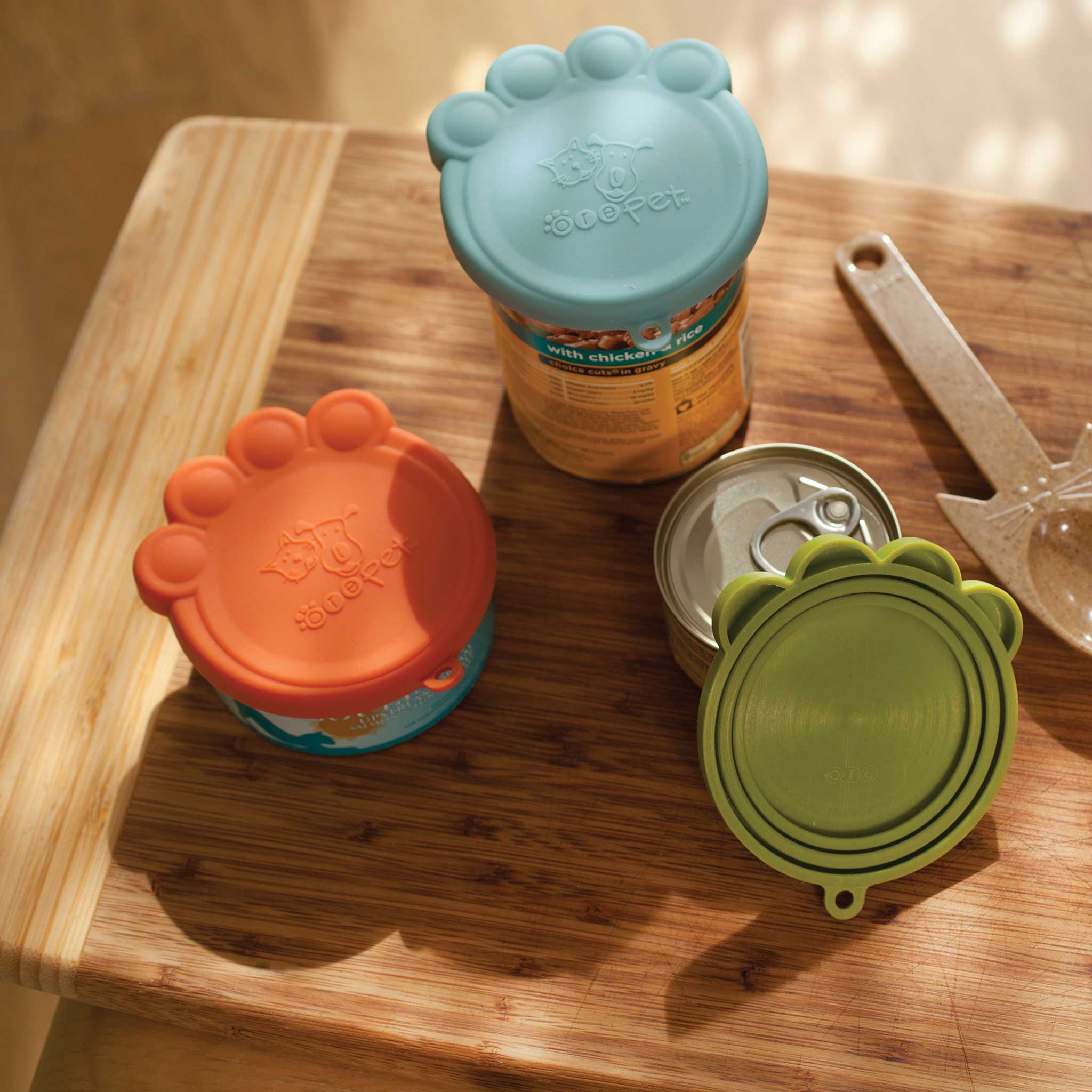

Articles
How To Store Open Wet Dog Food
Modified: February 27, 2024
Learn the best methods for storing open wet dog food in this informative guide. Discover helpful tips and tricks to keep your dog's food fresh and safe.
(Many of the links in this article redirect to a specific reviewed product. Your purchase of these products through affiliate links helps to generate commission for Storables.com, at no extra cost. Learn more)
Introduction
As a dog owner, you want to ensure that you provide your furry friend with the best nutrition possible. Wet dog food, also known as canned dog food, is a popular choice for many pet owners due to its high moisture content, palatability, and nutritional benefits. However, once you open a can of wet dog food, it’s important to properly store it to maintain its freshness and prevent spoilage.
In this article, we will explore the reasons why properly storing open wet dog food is crucial and provide you with some helpful tips to ensure that your pup’s meals stay safe and nutritious. Whether you choose to refrigerate, freeze, or use food storage containers, we will discuss the best practices to keep in mind.
So, let’s dive in and learn how you can store open wet dog food to preserve its quality and keep your pup healthy and happy!
Key Takeaways:
- Properly storing open wet dog food is essential to maintain its nutritional value, freshness, and safety. Follow manufacturer’s instructions, refrigerate promptly, and monitor for spoilage to ensure your pup’s meals remain safe and nutritious.
- Whether refrigerating, freezing, or using food storage containers, proper storage of open wet dog food is vital for maintaining its quality. Prioritize hygiene, follow best practices, and consult your veterinarian for personalized advice to ensure your furry friend enjoys safe, fresh, and nutritious meals.
Read more: How To Store Wet Dog Food
Why Properly Storing Wet Dog Food is Important
Properly storing wet dog food is essential for several reasons. Firstly, it helps to maintain the nutritional value of the food. Wet dog food typically contains higher levels of protein and lower levels of carbohydrates compared to dry kibble. It also contains a significant amount of moisture, which is important for keeping your dog hydrated. When wet dog food is exposed to air or improper storage conditions, it can lead to nutrient loss and bacterial growth, compromising the quality and safety of the food.
Secondly, correct storage helps to prevent spoilage and maintain the freshness of the wet dog food. When wet food is left out for an extended period or stored incorrectly, it can become rancid and develop an unpleasant odor. This not only affects the taste and smell but can also make it unappetizing for your dog. By properly storing open wet dog food, you can extend its shelf life, ensuring that each meal remains appealing and enjoyable for your furry friend.
Another crucial reason to store wet dog food properly is to mitigate the risk of bacterial contamination. Canned or wet dog food is vulnerable to bacterial growth, particularly when exposed to warm temperatures or stored in unhygienic conditions. Bacteria like Salmonella and E. coli can pose serious health risks to both dogs and humans. By following proper storage practices, you can minimize the chances of bacterial contamination and keep your dog safe from potential foodborne illnesses.
Furthermore, correct storage practices also help in portion control and waste reduction. When you open a can of wet dog food, you may only serve a portion to your dog and save the rest for later. By storing it properly, you can maintain the quality of the remaining food, ensuring that it stays fresh until the next feeding. This not only saves you from unnecessary wastage but also ensures that your dog receives the same level of nutrition and taste with each meal.
Overall, proper storage of wet dog food is vital for maintaining its nutritional value, freshness, and safety. It helps to prevent nutrient loss, spoilage, bacterial contamination, and unnecessary wastage. By implementing the right storage techniques, you can ensure that each serving of wet dog food remains nutritious, delicious, and safe for your beloved canine companion.
Tips for Storing Open Wet Dog Food
When it comes to storing open wet dog food, there are several tips and practices you can follow to ensure its longevity and safety. Let’s explore some of the best tips for storing open wet dog food:
- Follow the manufacturer’s instructions: Start by reading and following the storage instructions provided by the dog food manufacturer. Each brand may have specific guidelines for storing their wet food, including recommended temperatures and storage durations.
- Transfer leftovers to airtight containers: If you only use a portion of the wet dog food, transfer the remaining contents to airtight containers. This prevents air exposure and helps maintain the food’s freshness. Be sure to label the containers with the date to keep track of its expiration.
- Use separate utensils: When scooping out the wet dog food, avoid using the same utensils you use for your own food. This reduces the risk of cross-contamination and helps maintain the food’s hygiene.
- Store in a cool and dry place: Find a cool and dry area in your home to store the open wet dog food. Avoid areas that are exposed to high temperatures or direct sunlight, as this can accelerate the spoilage process.
- Refrigerate promptly: If you plan on using the open wet dog food within a few days, refrigeration is the best option. Place the can or airtight container in the refrigerator as soon as possible after opening. Keep in mind that refrigerated wet dog food should be consumed within 2-3 days.
- Freeze for longer storage: If you won’t be using the remaining wet dog food within a few days, you can freeze it for longer-term storage. Transfer the food to a freezer-safe container or divide it into meal-sized portions and wrap them tightly in freezer-safe bags. Remember to label the containers or bags with the date to ensure proper rotation.
- Thaw frozen food properly: When it’s time to use the frozen wet dog food, thaw it properly to maintain its quality. Thaw it in the refrigerator overnight or use the defrost function on your microwave. Avoid leaving it out at room temperature for an extended period.
- Monitor for signs of spoilage: Before serving the wet dog food, inspect it for any signs of spoilage. Look for changes in color, texture, or smell. If you notice any abnormalities, it’s best to discard the food to avoid potential health risks.
By following these tips, you can ensure that your open wet dog food stays fresh, safe, and delicious for your furry friend. Remember to prioritize hygiene, proper storage conditions, and close attention to expiration dates to provide the best quality food for your beloved canine companion.
Option 1: Refrigerating Open Wet Dog Food
Refrigeration is a common and effective method for storing open wet dog food when you plan to use it within a few days. Here are the key steps to refrigerating open wet dog food:
- Transfer the food: If you have opened a can of wet dog food and have leftovers, transfer the remaining content to an airtight container. This prevents any potential exposure to air and helps maintain the food’s freshness.
- Label the container: Make sure to label the container with the date of opening to keep track of its freshness. This will help you in ensuring that you use the food within the recommended timeframe.
- Store in the refrigerator: Place the container of wet dog food in the refrigerator promptly. Find a spot away from raw meat or any other potential contaminants. The recommended temperature for refrigeration is between 35°F to 40°F (1.5°C to 4.5°C).
- Use within 2-3 days: Refrigerated wet dog food should be consumed within 2-3 days of opening. This timeline ensures that the food remains fresh and safe for your dog. Beyond this timeframe, the quality and safety of the food may deteriorate.
- Inspect before serving: Before serving the refrigerated wet dog food, always inspect it for any signs of spoilage. Look for changes in color, texture, or any off-putting odors. If you notice any abnormalities, it’s best to err on the side of caution and discard the food.
Refrigerating open wet dog food not only helps to maintain its freshness but also prevents bacterial growth. The cool temperatures of the refrigerator slow down the growth of bacteria, minimizing the risk of foodborne illnesses.
Remember, refrigeration is suitable for short-term storage of wet dog food. If you have a significant amount of leftovers or plan to store the food for an extended period, freezing may be a better option to preserve its quality.
By following these guidelines, you can ensure that your dog’s refrigerated wet food remains safe, nutritious, and enjoyable for every meal.
Store open wet dog food in an airtight container in the refrigerator. Use it within 2-3 days to ensure freshness and prevent spoilage.
Option 2: Freezing Open Wet Dog Food
Freezing open wet dog food is an excellent option if you have leftovers that you won’t be using within a few days. Freezing helps to extend the shelf life of the food and can ensure its freshness for a longer period. Here’s how you can freeze open wet dog food:
- Transfer the food: If you have opened a can of wet dog food and have leftovers, transfer the remaining content to a freezer-safe container or divide it into meal-sized portions. Ensure that the container or bags are airtight and freezer-safe to prevent freezer burn or the risk of contamination.
- Label and date: Label each container or bag with the name and date of freezing. This helps you keep track of the freshness and easily locate and use the oldest portions first, following a proper rotation system.
- Place in the freezer: Put the containers or bags of wet dog food in the freezer. Choose a freezer section that maintains a temperature of 0°F (-18°C) or below. This low temperature prevents the growth of bacteria and helps retain the food’s quality and nutritional value.
- Thaw properly: When you’re ready to serve the frozen wet dog food, thaw it properly to maintain its texture and flavor. Ideally, thaw the food in the refrigerator overnight. This slow thawing process ensures even defrosting and minimizes the risk of bacterial growth.
- Inspect before serving: Before offering the thawed wet dog food to your four-legged friend, inspect it for any signs of spoilage. Look for any changes in color, texture, or unusual odors. If anything appears off, discard the food to ensure your dog’s safety.
Freezing open wet dog food is a convenient option for long-term storage. It helps maintain the food’s freshness, nutritional content, and taste until you’re ready to use it. By properly packaging and labeling the portions, you can easily manage the inventory and provide your furry friend with delicious meals throughout extended periods.
It’s important to note that freezing can slightly alter the texture of the wet dog food once thawed. Some dogs may not mind the change, while others may prefer the original consistency. Regardless, as long as the food remains safe and nutritious, your dog can still enjoy the benefits of frozen wet dog food.
By following these steps, you can ensure that your dog’s frozen wet food stays in optimal condition and offers a convenient solution for storing and preserving leftovers.
Read more: How To Store Wet Dog Food After Opening
Option 3: Using Food Storage Containers
Using food storage containers is an excellent option for storing open wet dog food, providing convenience and ensuring the food’s freshness. Here’s how you can effectively store wet dog food using food storage containers:
- Choose suitable containers: Select food storage containers that are specifically designed for holding wet dog food. Look for containers that are airtight, leak-proof, and made of food-grade materials to ensure safety and prevent any contamination.
- Transfer the food: Once you open a can of wet dog food, transfer any leftovers into the chosen food storage containers. This helps maintain the food’s freshness and prevents exposure to air. Ensure that the containers are clean and dry before transferring the food.
- Seal the containers tightly: Make sure to seal the containers tightly to prevent any air from entering and compromising the food’s quality. The airtight seal helps preserve the moisture content and prevent the food from drying out.
- Label the containers: It’s essential to label each container with the date of storage to track the freshness of the food. This makes it easier to rotate and use the older portions first, ensuring none of the food goes to waste.
- Store in a cool place: Find a suitable spot to store the food containers. Ideally, choose a cool and dry area away from direct sunlight and heat sources. Proper storage conditions help extend the shelf life of the wet dog food and maintain its nutritional value.
- Inspect before serving: Before serving the wet dog food to your furry friend, always inspect it for any signs of spoilage. Look for changes in color, texture, or any unusual odors. If anything seems off, it’s best to discard the food to ensure your dog’s safety.
Using food storage containers offers several benefits. It helps keep the food fresh, prevents contamination, and allows for easy portion control. Additionally, food storage containers are reusable, making them an eco-friendly choice compared to single-use plastic wrap or bags.
When using food storage containers, it’s important to clean them thoroughly between uses to maintain proper hygiene and prevent any bacterial growth. Follow the manufacturer’s instructions for cleaning the containers, and ensure they are completely dry before storing the wet dog food.
By utilizing food storage containers, you can easily store and manage open wet dog food, ensuring the food remains fresh, safe, and readily accessible for your canine companion.
Precautions and Best Practices
While storing wet dog food, it’s important to follow certain precautions and best practices to ensure the safety and quality of the food. Here are some key guidelines to keep in mind:
- Check for damage: Before purchasing wet dog food, inspect the cans or packaging for any signs of damage or bulging. Damaged cans can indicate a compromised seal, which increases the risk of bacterial contamination. Choose intact cans or pouches to ensure the food’s safety.
- Observe the expiration dates: Always check the expiration dates before feeding your dog wet food. Expired food may not only lose its nutritional value but can also pose health risks to your pet. Discard any expired cans or pouches and replace them with fresh ones.
- Practice good hygiene: Wash your hands thoroughly with soap and water before and after handling wet dog food. This helps prevent the spread of bacteria and keeps you and your dog safe. Also, use separate utensils and bowls for your dog’s food to maintain hygiene and prevent cross-contamination.
- Store in appropriate quantities: Open only as much wet dog food as your pet will consume within a few days. Opening multiple cans that won’t be used in a short timeframe increases the risk of spoilage and waste. It’s better to open new cans as needed to ensure freshness.
- Rotate your supply: Implement a “first in, first out” rule when storing wet dog food. Use the older cans or containers before opening and using the newer ones. This helps prevent food from sitting in storage for too long, ensuring optimal freshness and nutritional quality.
- Monitor for signs of spoilage: Regularly inspect the wet dog food for any signs of spoilage, even when it’s properly stored. Look for changes in color, texture, or any unusual odors. If you notice anything abnormal, discard the food to prevent your dog from consuming potentially unsafe food.
- Consider your dog’s preferences: Pay attention to your dog’s preferences and appetite. Some dogs may prefer their wet food heated slightly or served at room temperature. Catering to your dog’s individual preferences can make mealtimes more enjoyable and encourage proper nutrition.
Following these precautions and best practices helps ensure that your dog’s wet food remains safe, nutritious, and appetizing. By paying attention to hygiene, monitoring for spoilage, and practicing proper storage and handling, you can provide your furry friend with the best quality food.
Remember, when in doubt about the safety or quality of the wet dog food, it’s always best to err on the side of caution and consult with your veterinarian.
Conclusion
Properly storing open wet dog food is crucial for maintaining its freshness, nutritional value, and safety. By following the right storage methods, you can ensure that every meal your furry friend enjoys is nutritious and delicious.
Whether you choose to refrigerate, freeze, or use food storage containers, each option has its advantages. Refrigeration is ideal for short-term storage, while freezing allows for longer shelf life. Food storage containers offer convenience and ensure the food remains airtight and protected.
Regardless of the storage method you choose, it’s important to adhere to precautions and best practices. Checking for damage, observing expiration dates, practicing good hygiene, and monitoring for signs of spoilage are key steps to keep in mind.
Your dog’s health and well-being rely on proper food storage. By implementing the tips and guidelines outlined in this article, you can provide your canine companion with safe, fresh, and nutritious wet dog food.
Remember, if you have any concerns or questions about storing wet dog food, consult with your veterinarian for personalized advice tailored to your dog’s specific needs. With proper storage, you can ensure that your dog enjoys every mealtime to the fullest, nourishing their body and keeping their tail wagging with delight!
Frequently Asked Questions about How To Store Open Wet Dog Food
Was this page helpful?
At Storables.com, we guarantee accurate and reliable information. Our content, validated by Expert Board Contributors, is crafted following stringent Editorial Policies. We're committed to providing you with well-researched, expert-backed insights for all your informational needs.
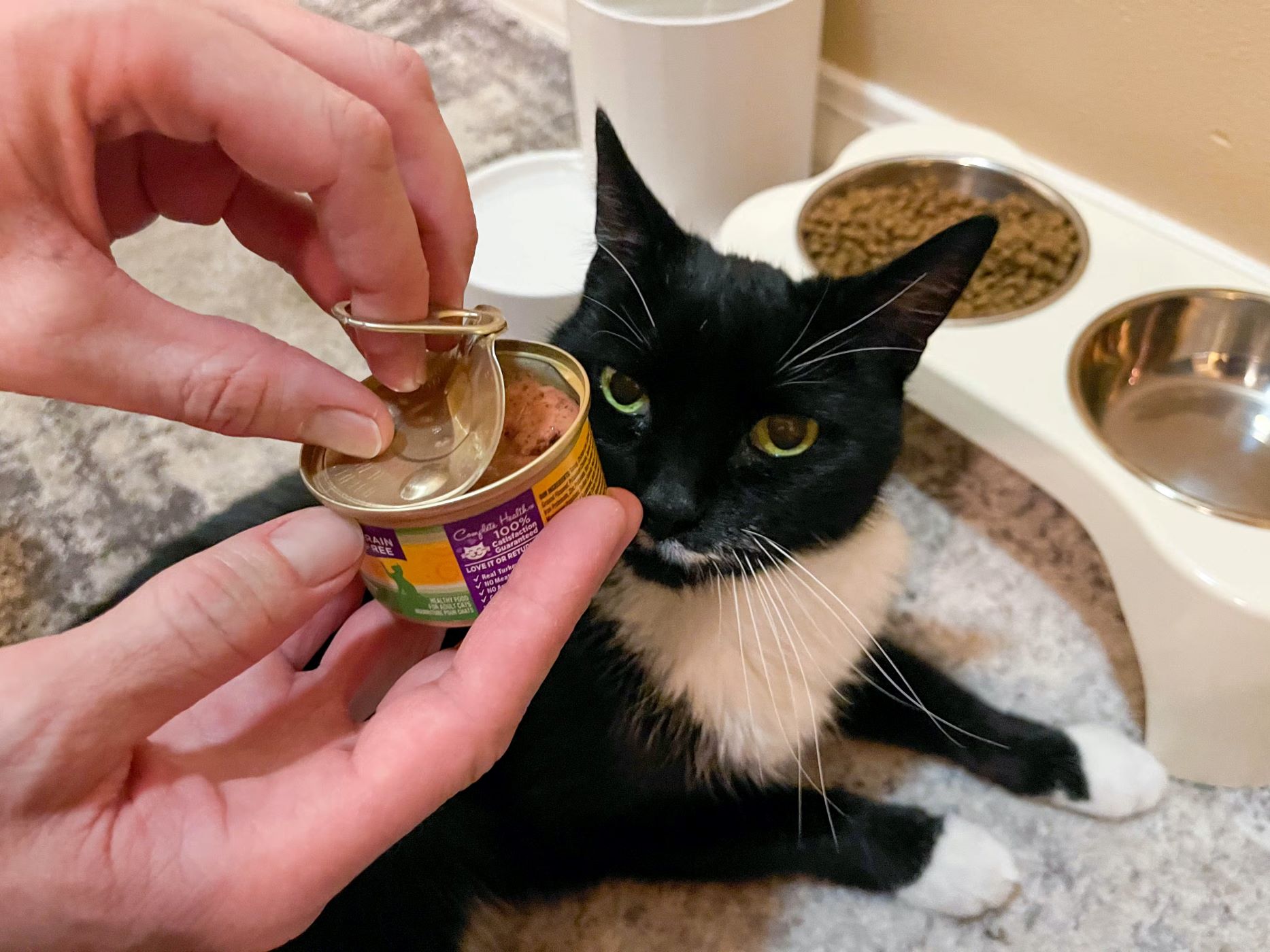
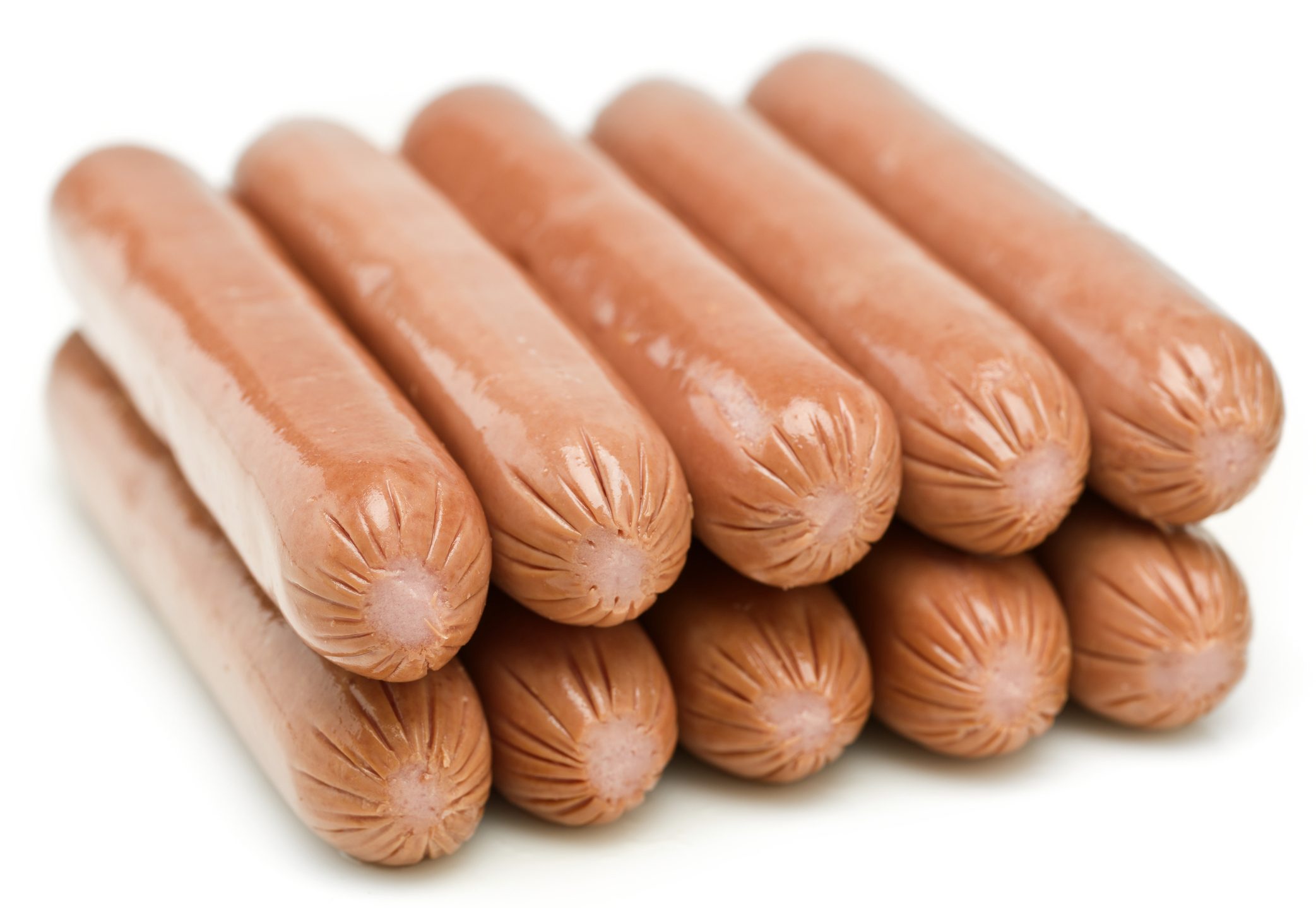
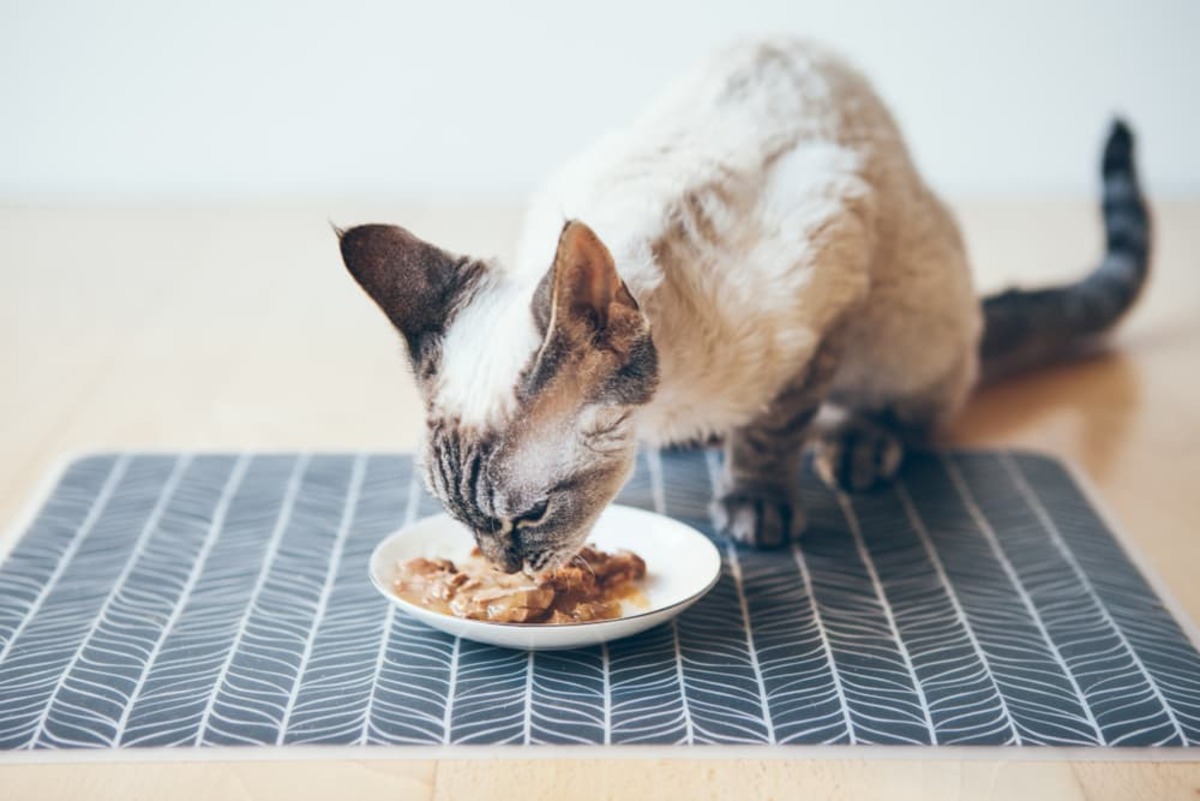
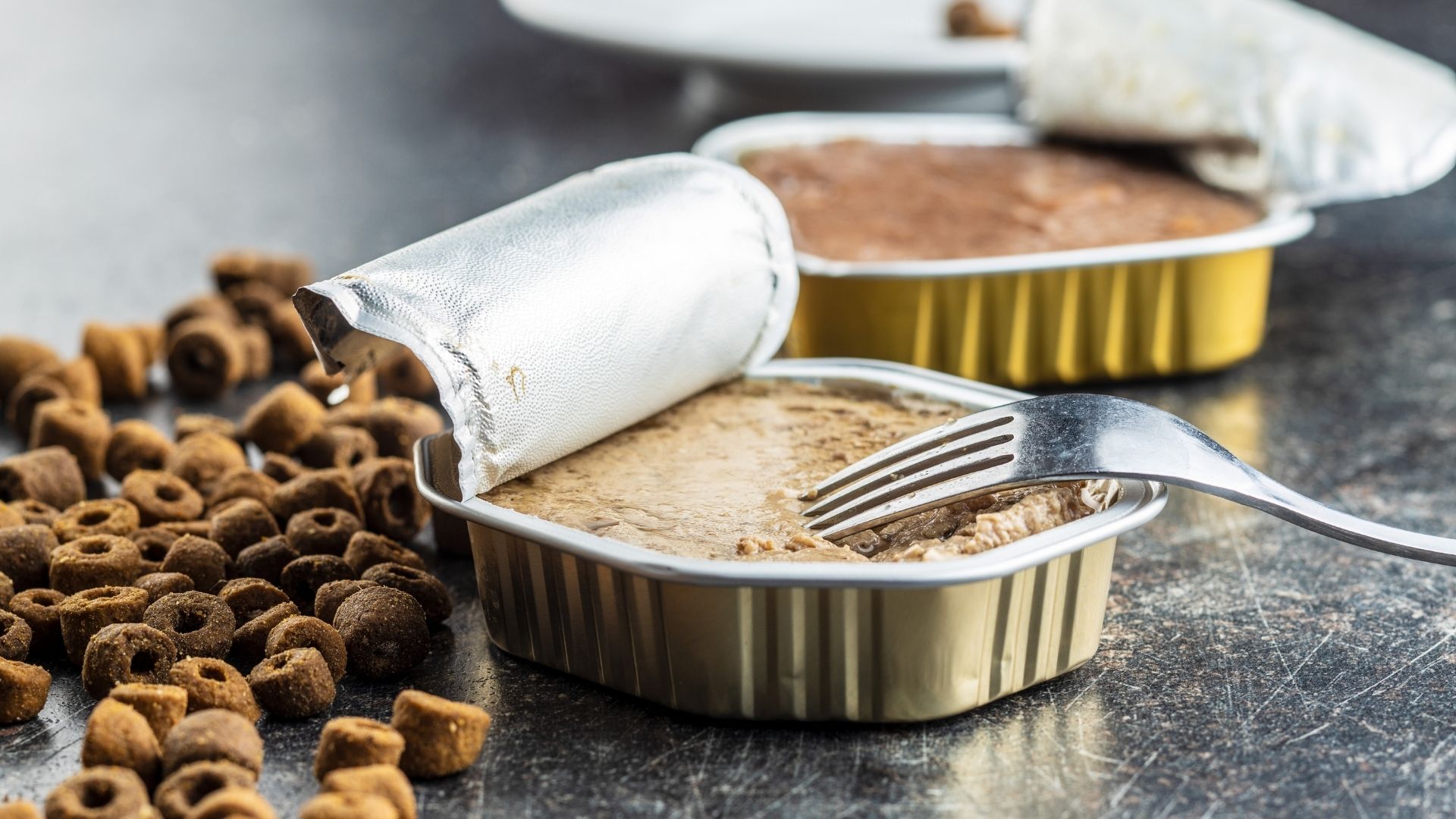
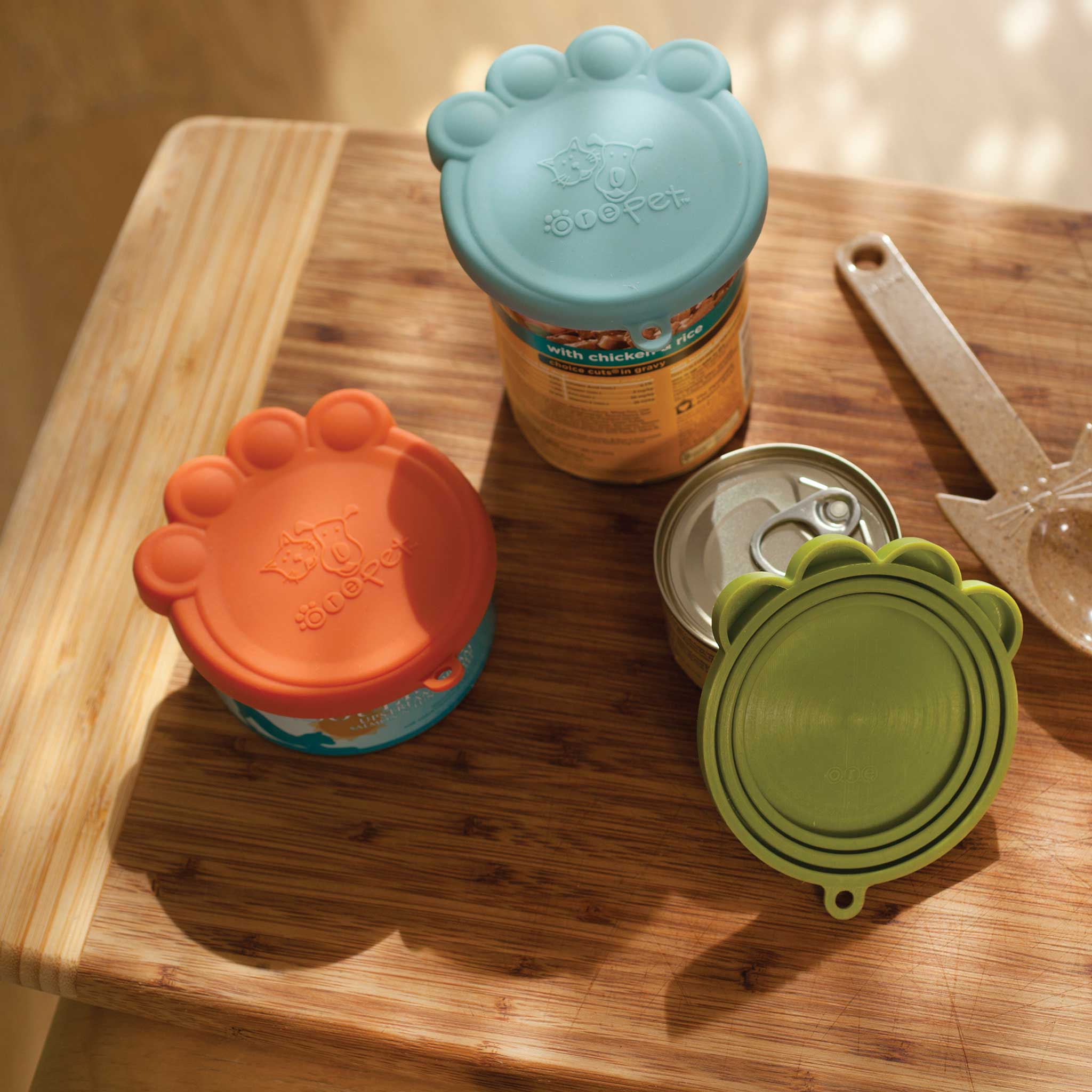
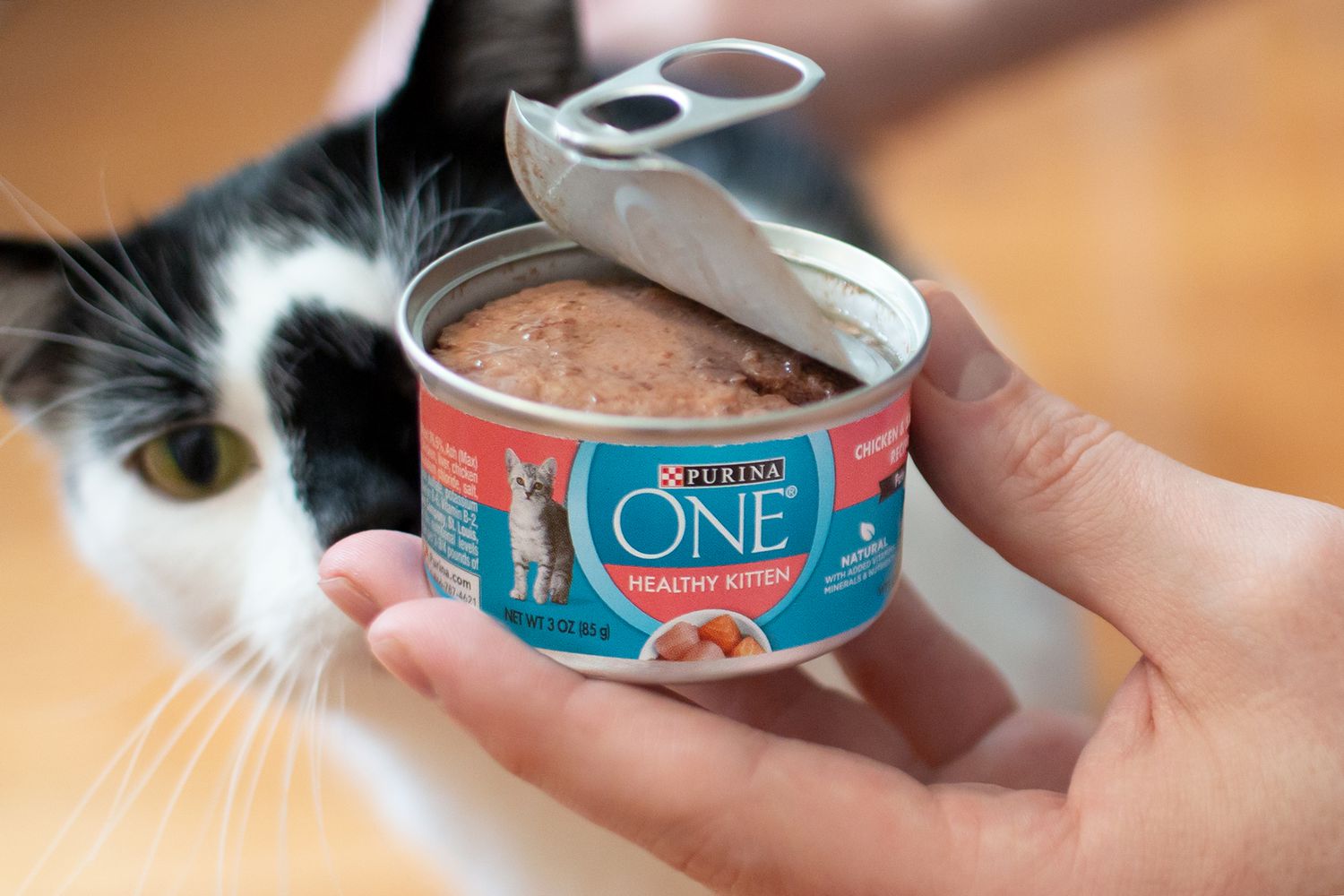
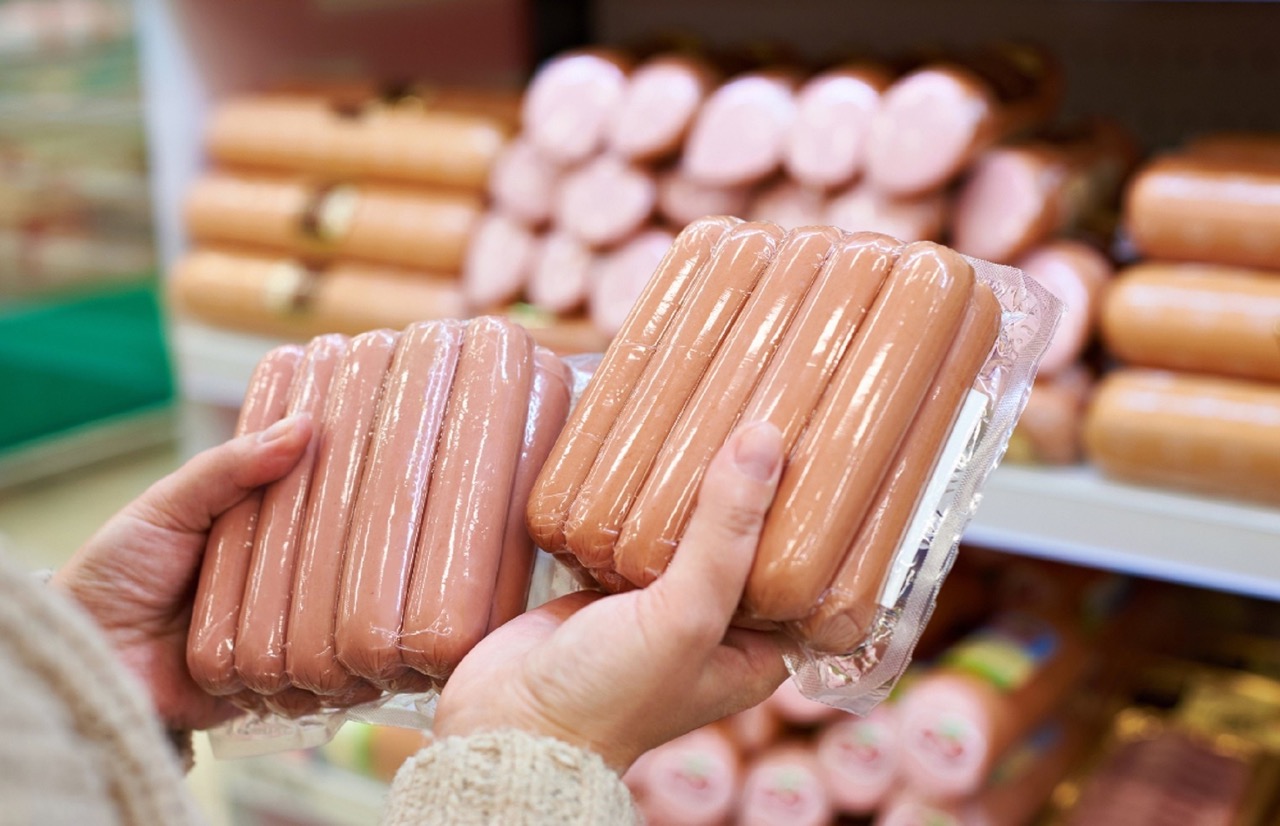
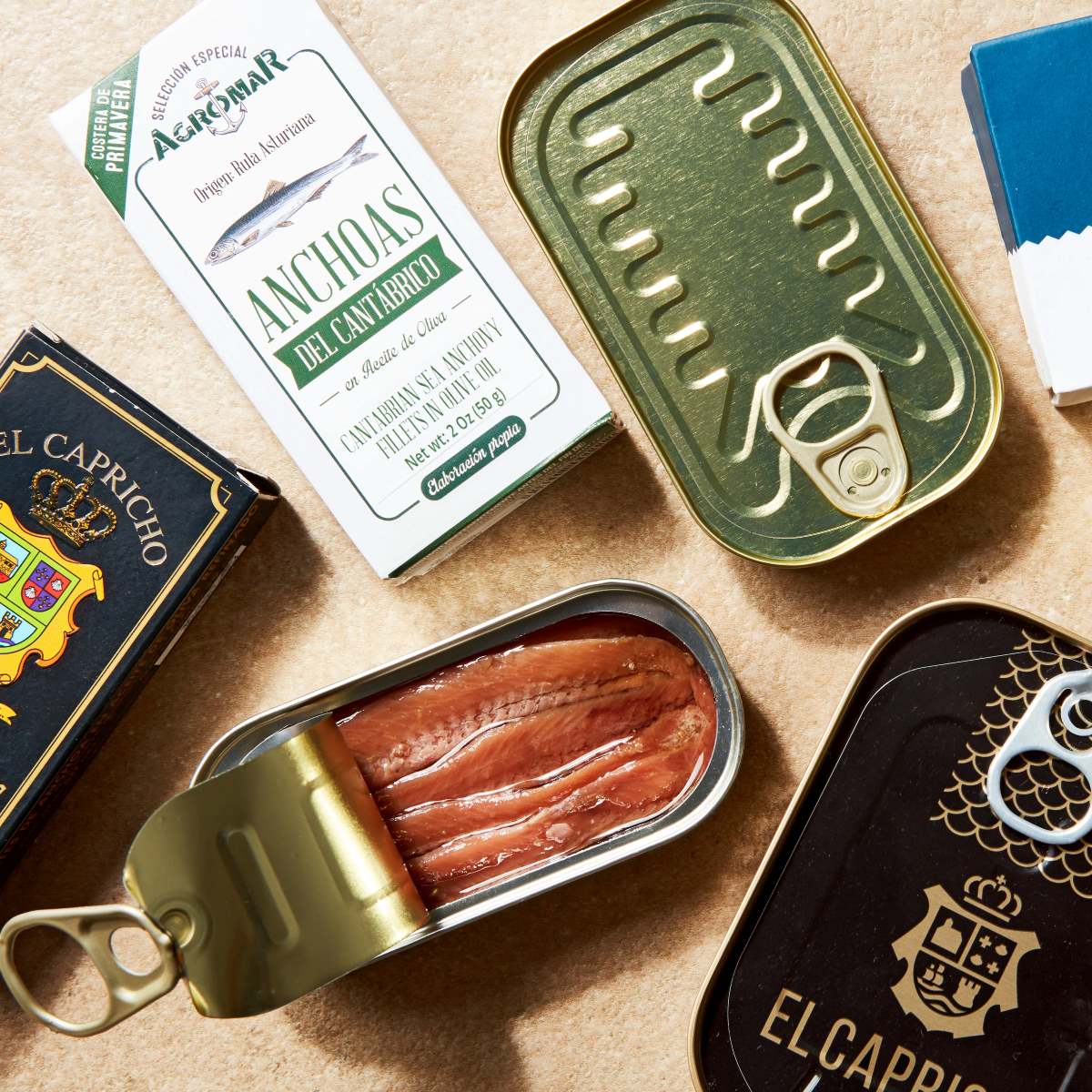
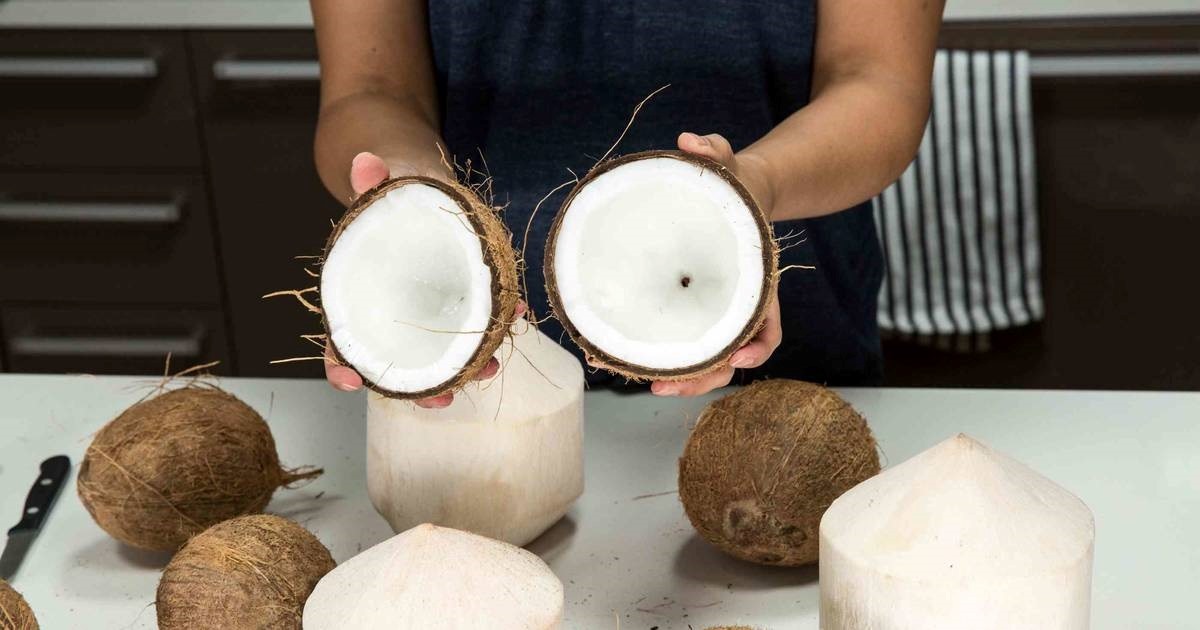
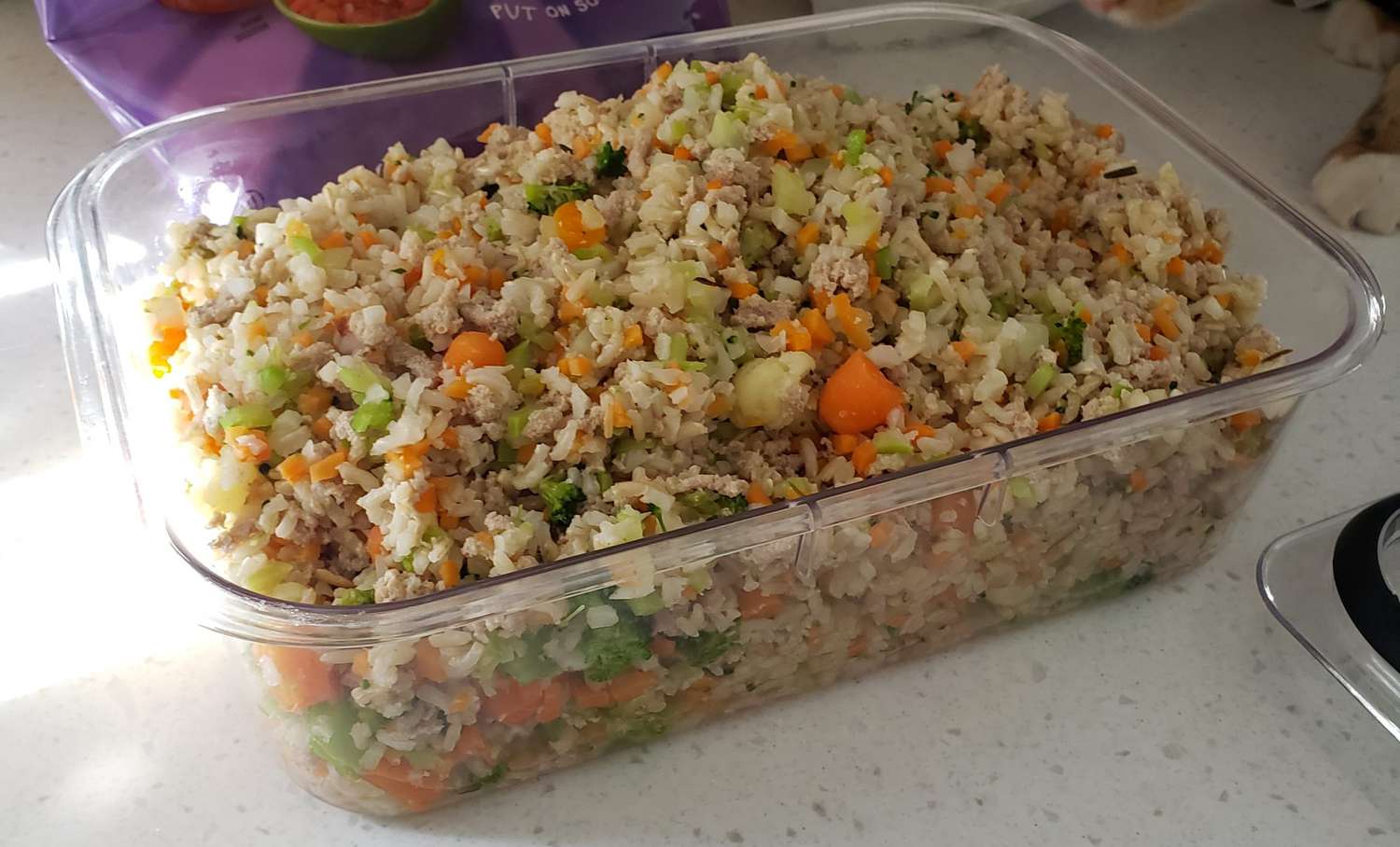
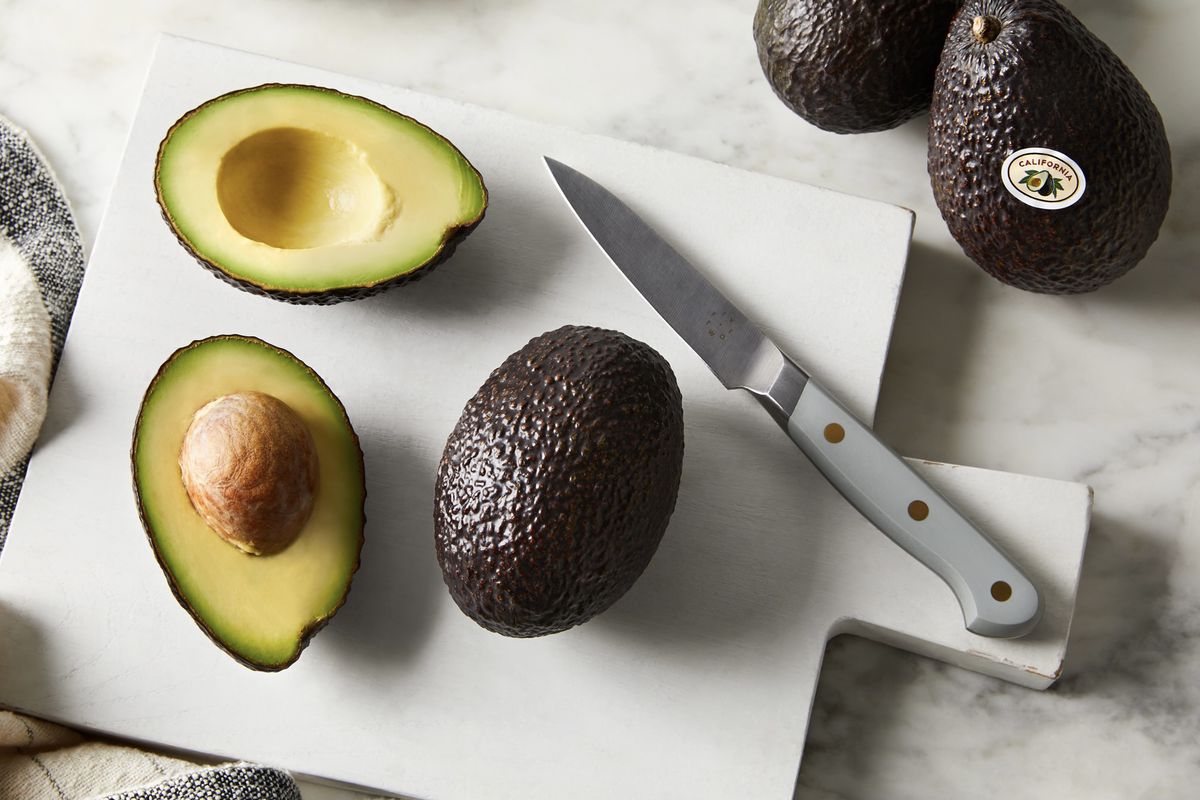
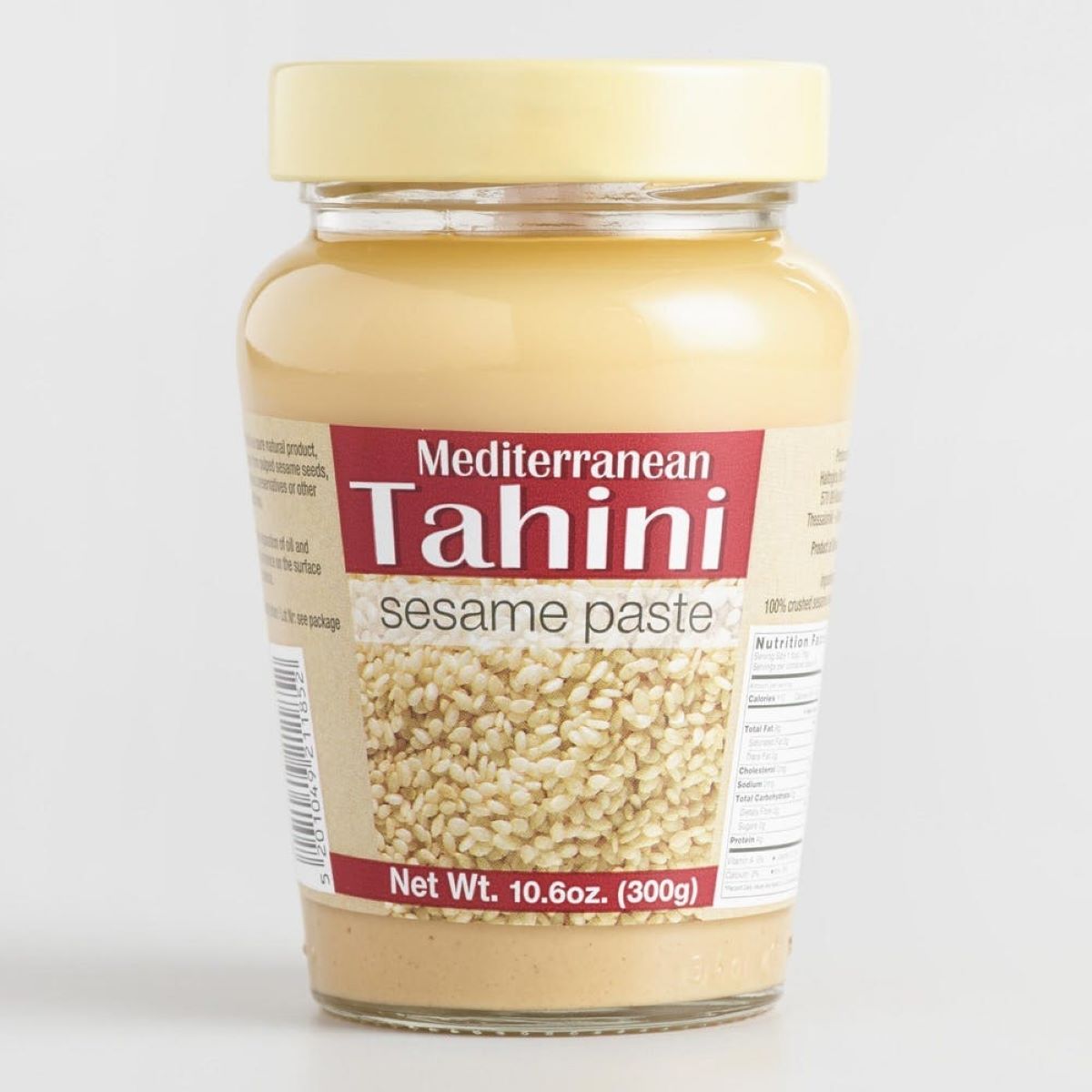
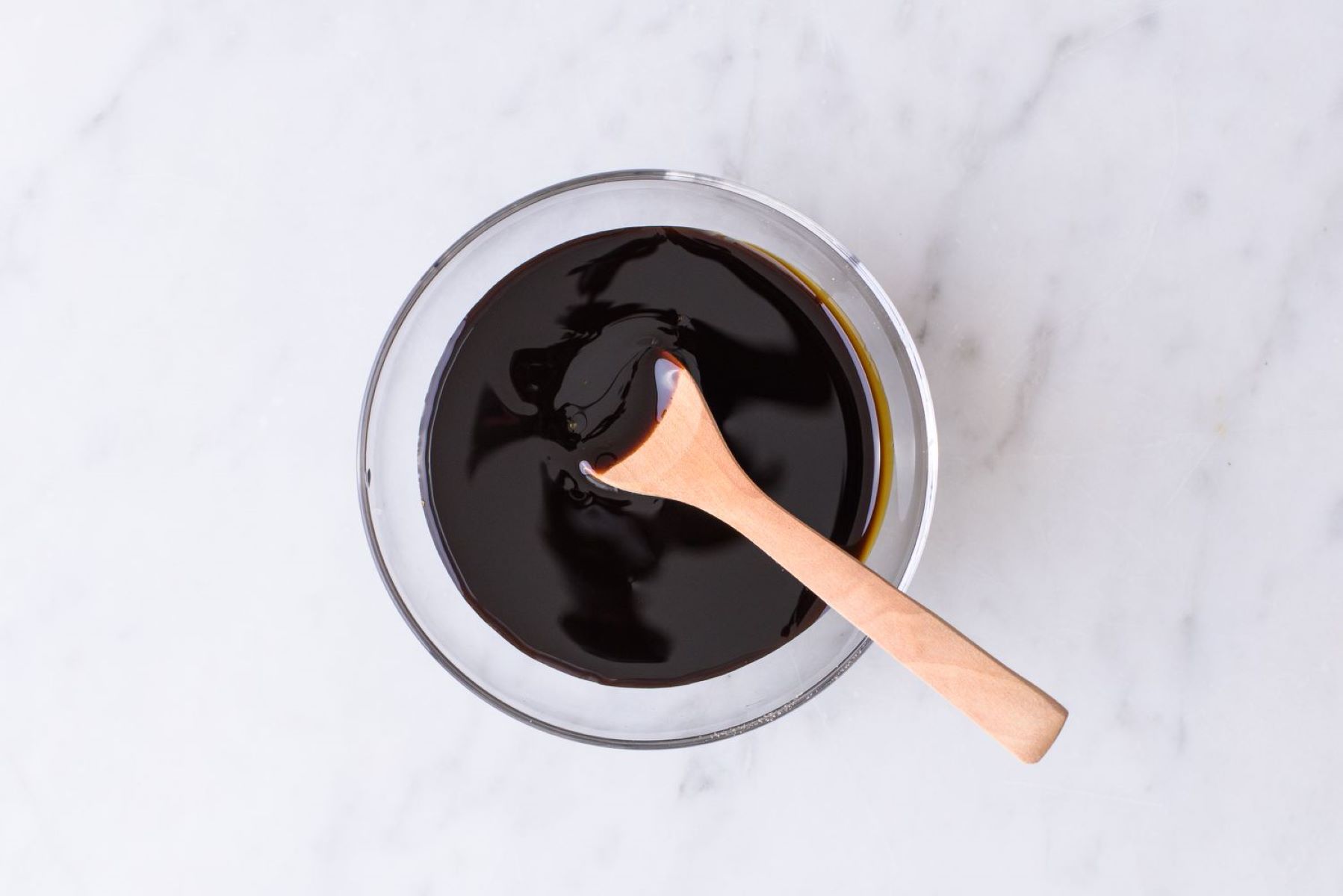


0 thoughts on “How To Store Open Wet Dog Food”